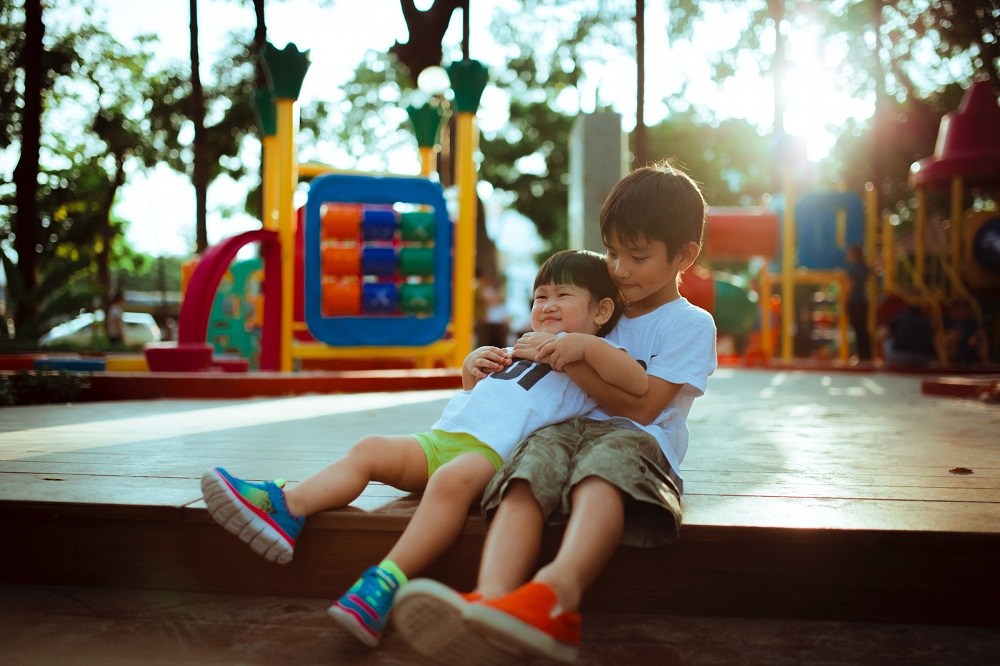HOPE: Filling in the Science Behind Protective Factors
June 12, 2020
by

CSSP’s Senior Associate Cailin O’Connor provides her reflection about her work with the Strengthening Families Protective Factor Framework as a guest author for HOPE—Healthy Outcomes from Positive Experiences and explores how by both assessing the strengths of children, families, and communities and measuring positive childhood experiences, we can work to ensure that all families and children have support to ensure positive experiences, promote better outcomes, and combat barriers tied to systemic oppression.
“The Strengthening Families framework identifies five protective factors, but of course there are far more than five possible strengths in people’s lived experiences. These strengths, and the positive experiences they facilitate, profoundly influence a child’s experience of adversity – including by making those adverse experiences less likely, by buffering a child from the negative effects of adversity, by restoring a sense of safety as quickly as possible after a stressful experience, and by promoting healing and resilience. In the research on positive childhood experiences (PCE) and the HOPE framework, we see these interactions play out, where a high PCE score is correlated with better outcomes overall, as we would probably all expect. But not only that: a high PCE score also mitigates the effect of a high ACE score.
It’s also critically important that the PCEs measured in the current research are accessible to all families. We know that risks are not equally distributed in our society – a fact that has become undeniable in recent months, as Black, Indigenous, and people of color (BIPOC) have been disproportionately affected by both the health and economic consequences of the COVID-19 pandemic, and as protests over police brutality and systemic racism have swept the country in response to the murder of George Floyd. Our country’s long history of racist policies and systems exposes Black, Indigenous, and other families of color to higher levels of risk, on average, than White families. Immigrant families experience higher levels of stress due to current policies and fear that can stop people from seeking help when needed. Those risk factors are compounded by the stress of living in a racist society (counted as an ACE in some recent studies). It is clear that assessing a child, family, or community by the risks and adversity they face is intricately tied to their race, ethnicity, immigration status, and socioeconomic status.”


